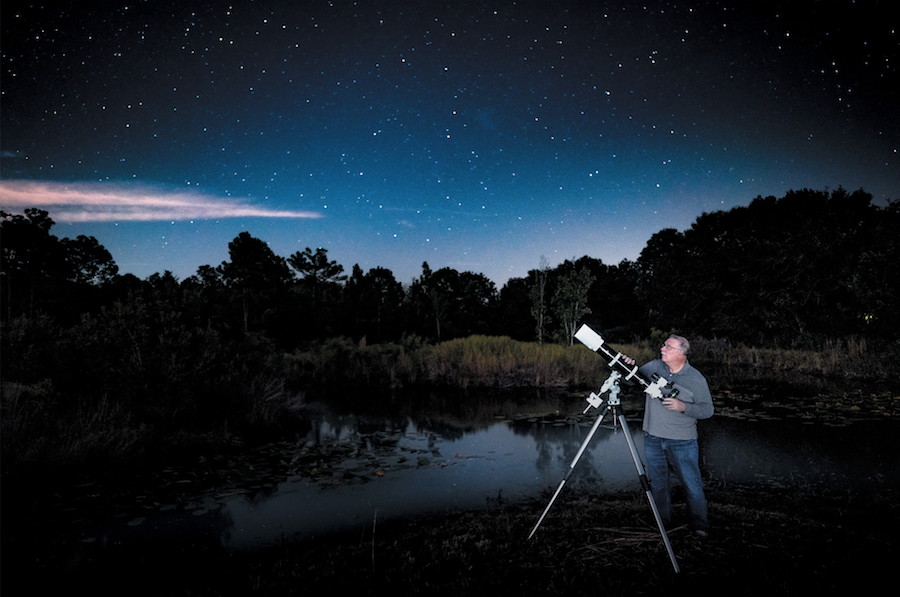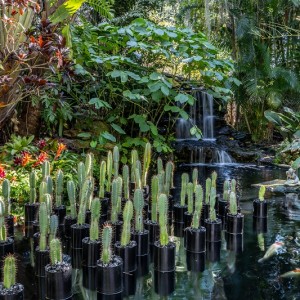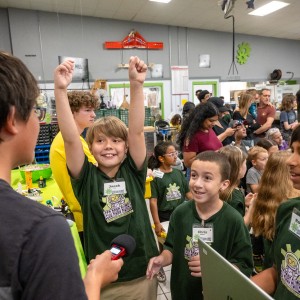At 70 years old, Ed McDonough has seen a lifetime of stars and Saturn rings. Having grown up in the 60s during The Space Race with parents who loved to look up at the moon sparked a genuine intrigue in scoping out the deep sky and solar system. “There was a short-lived TV show in the 60s called Men Into Space that aired every Wednesday night,” shares McDonough. “My dad and I would never miss it, we’d sit down to watch it and I was mesmerized.” His parents saw how much space interested him and surprised 10-year-old McDonough with a Christmas present of a little 60-mm refractor to play around with. At 16, they upgraded him to the real deal: a 6 in. reflector. “At the time, that was the telescope to die for, really,” McDonough recalls. Since then, he’s peered through the looking glass to see many colors and phases of the moon, countless constellations, peering deep into the solar system to faraway galaxies and gazing up at Jupiter and Mars. “But, by far the best, and most unforgettable,view is when you see Saturn and those rings,” he shares. “A lot of people think I painted them on the lens when I let them look in it.”
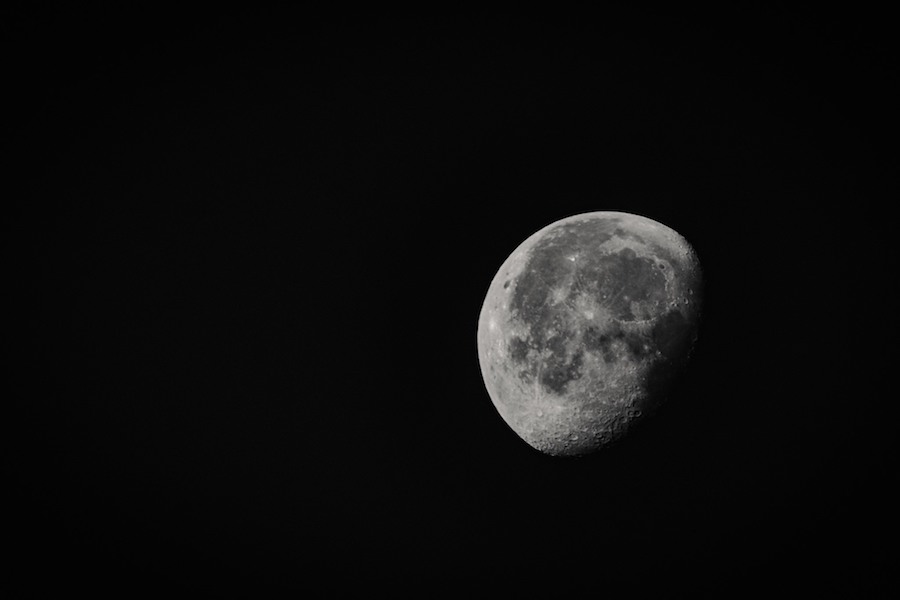
PHOTO COURTESY OF THE BISHOP, BISHOPSCIENCE.ORG, @BISHOPSCIENCEFL
McDonough has gone on to work for Celestron for 25 years. Working for one of the world’s most prominent telescope manufacturers and distributors has its perks. If his 10-year-old self could see his arsenal of powerful yet portable scopes, it’s safe to say he’d find it pretty stellar. One of his go-tos, McDonough shares being his Celestron NexStar 8SE 203mm Schmidt-Cassegrain Telescope—encompassing a notably large aperture to draw in more light and see deeper into space for observing everything from the Moon and planets to deep-sky objects like stars, galaxies and nebulae. But what’s a great optical instrument for planetary gazing without clear, unpolluted skies? A Florida local for 10 years now, McDonough’s come to learn, you’re hardened to see anything June-September. Things start to clear up in October and by January and February, the night sky is at its peak clarity to observe. By the time we hit May, Florida’s peninsula geography heats up the air in the summer—blocking the human eye from what lies beyond the clouds of thick humidity that form, McDonough shares. Stick to astronomical adventures in the winter and keep a lookout for The Bishop Museum of Science + Nature’s occasional public outings ‘Seeing Stars With The Bishop’ during viewing season with McDonough and the Museum’s Chief Astronomer and Planetarium Manager, Howard Hochhalter, out at Robinson Preserve. Robinson is tucked just enough away into natural remoteness to provide a dark nook with little-to-no light pollution, ideal for solar exploration.
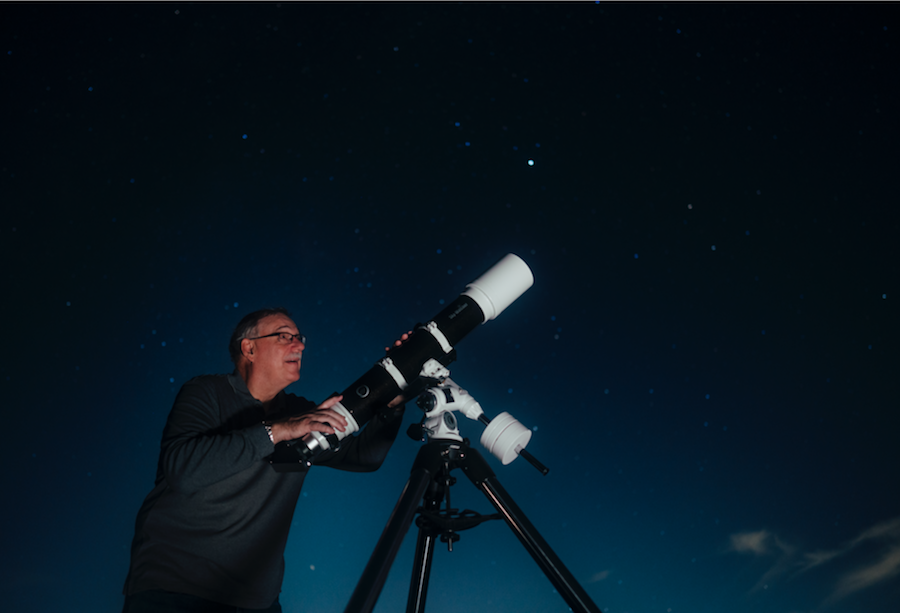
ED MCDONOUGH HAS FRONT-ROW SEATS TO THE COSMOS NIGHT SHOW, LOOKING THROUGH HIS SKY-WATCHER EVOSTAR 120ED 900MM APOCHROMATIC REFRACTOR LENS OUT BY MYAKKA STATE PARK.
“I have probably had over the years thousands of people look through my telescopes, and the reaction you get—adult or kids—is always so worth it,” McDonough says. “But I’ll never forget this one time, this woman who must have been in her 80s was looking up at Saturn through my eyepiece. For a minute, that woman became a 10-year-old kid again. The real excitement was so pure—there’s no way to describe it.”
Talking Telescopes runs every other Saturday in the lobby of The Planetarium astronomy facility at The Bishop Museum (201 10th St. W, Bradenton). Take advantage of learning how to set up and use a telescope through 1:1 demos with expert Ed McDonough. Celestron Showroom: Did you know that The Bishop’s Gift Store is one of only two Celestron telescope showrooms in Florida? Shopping locally allows you the opportunity to look before you buy and it also supports the Museum.




